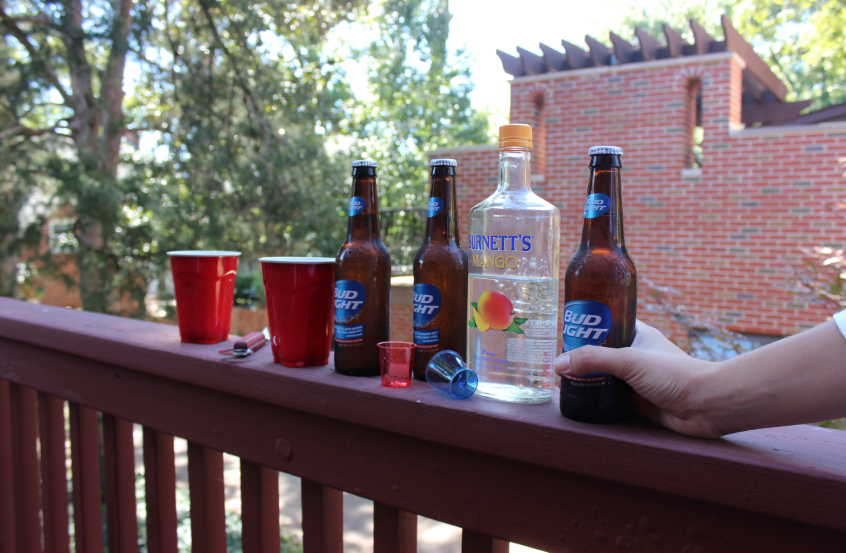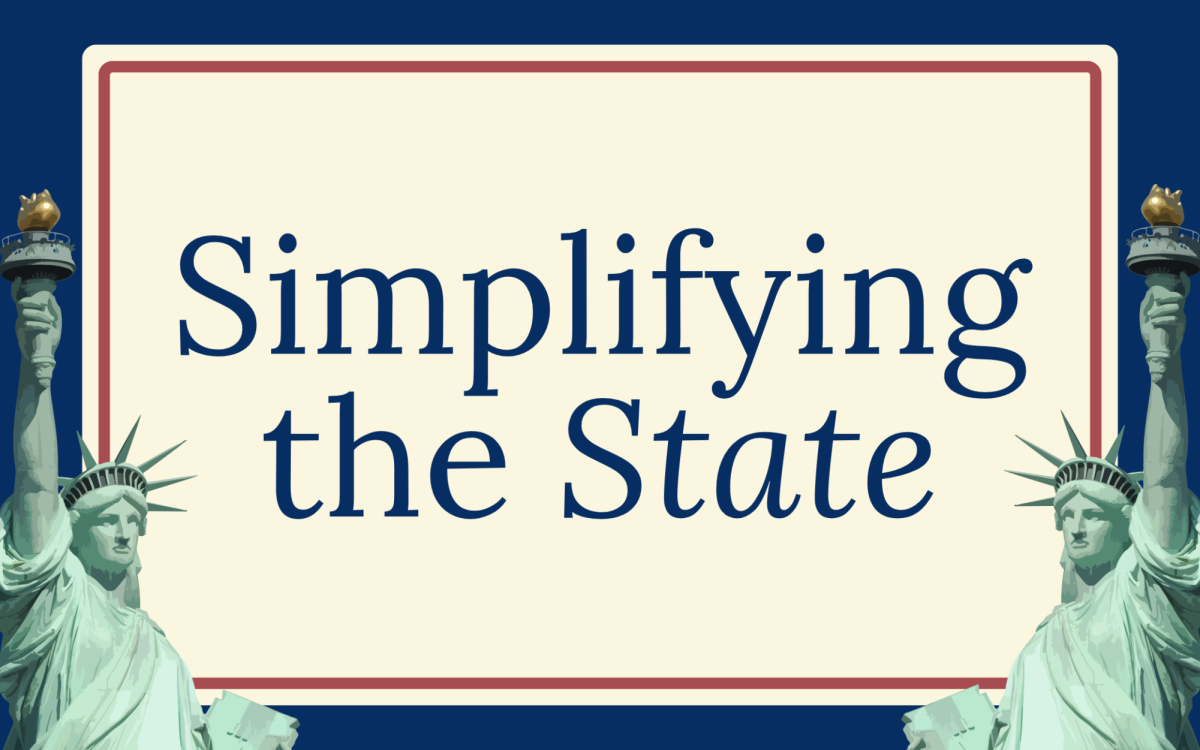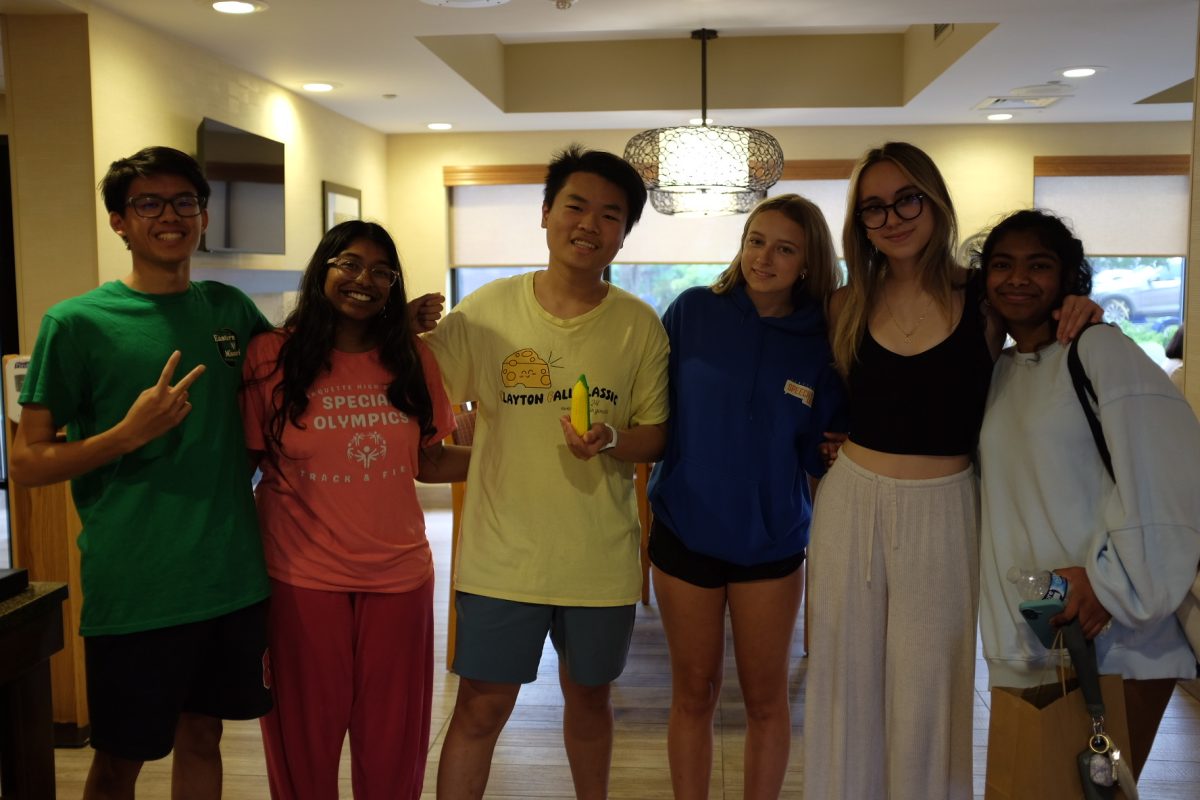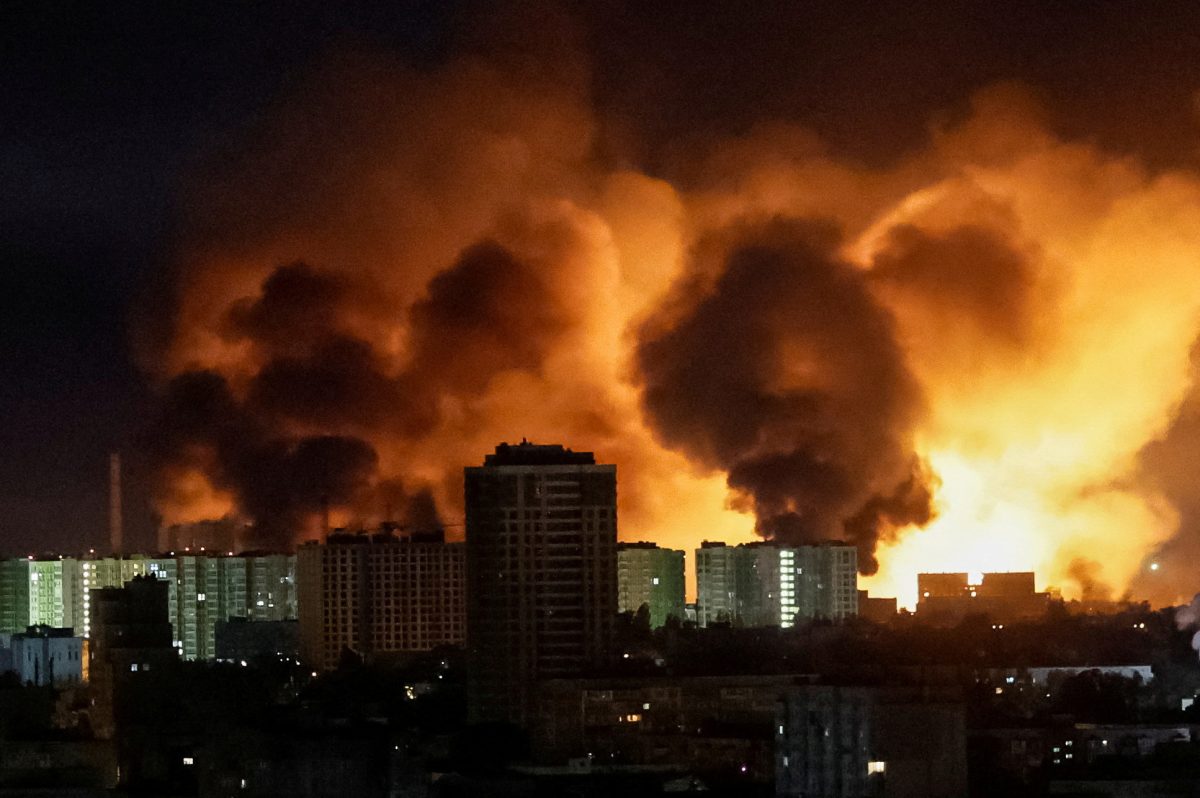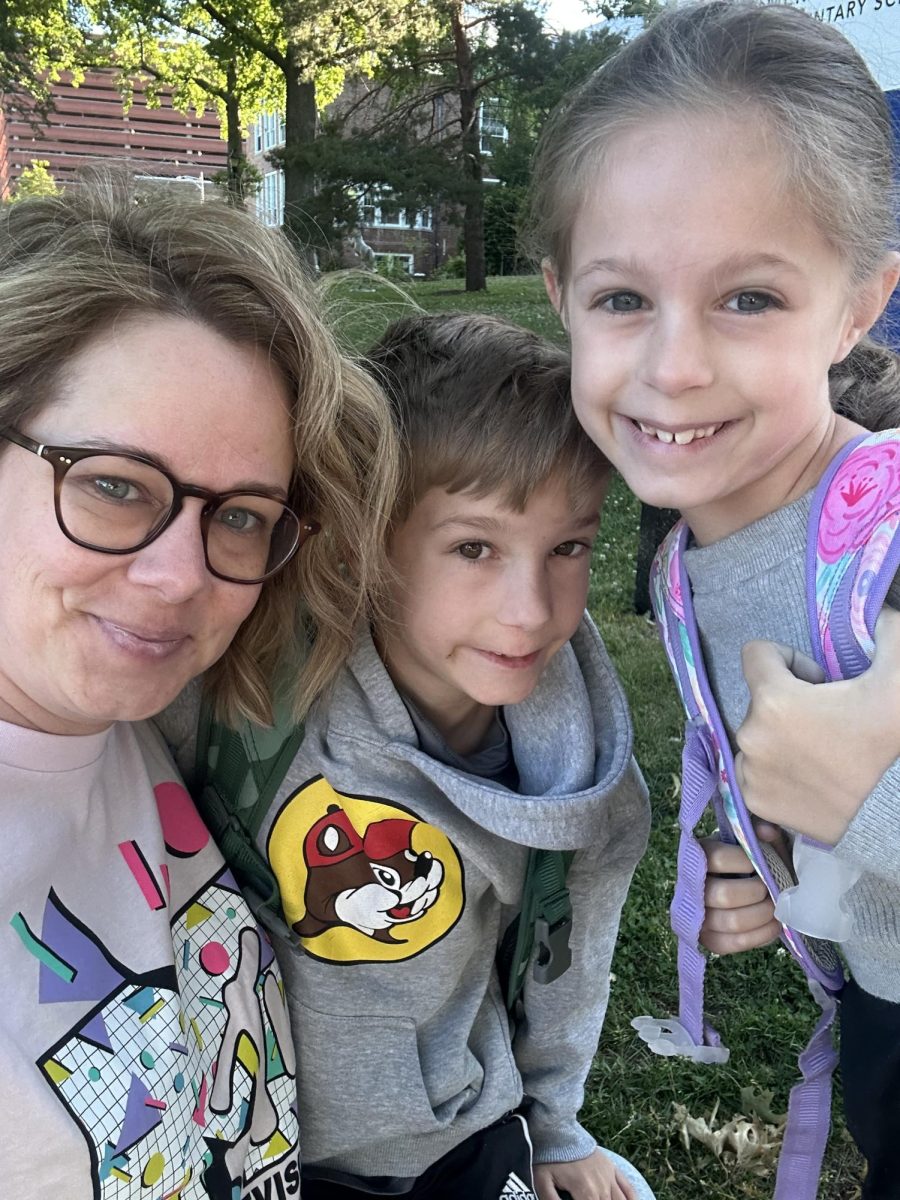Staff Editorial: Drug Task Force
The CHS community has become increasingly concerned by the apparent drug and alcohol problem at the high school (photo by Katherine Sleckman).
October 15, 2015
Last year, in several health classes, an anonymous survey was taken concerning drug and alcohol use by Clayton students. The directions were simple: select which drugs you have used in the past month. Given the anonymity of the survey, students answered uninhibited — both a positive and negative aspect of the results.
Certainly, some students felt that they could finally come clean and tell the truth of their substance use – no one could discover their identity, so they had nothing to lose. Other students had some fun, selecting every substance on the list, from alcohol to LSD.
The problem with anonymous surveys is that no one can verify that the results are reliable. Unfortunately, the results of this survey — which actually did not reveal any devastating truths about CHS — were used as the basis of the relatively young CHS Alcohol and Drug Task Force’s conversation regarding substance use at CHS.
Early this school year, the Task Force published a “Correlated Symptoms List” of substance abuse by Clayton students, naming “Students getting high in Shaw Park (incl. mulch pile) during the school day” among the many symptoms mentioned in the three page list. This claim was one of the 22 claims (out of 39 total) that was accompanied with an asterisk, “denoting symptoms that were identified by multiple people.” That leaves 17 claims that were mentioned by a single person and 39 that were made by people whose names are not included on the list.
The items on the sheet were the result of an open-ended, brainstorm-type discussion among the parents, administrators and community members at one of the first Task Force meetings in June. No claim can be 100 percent confirmed nor denied, yet the list has been typed and distributed among the members of the force.
Now, we are not saying that every claim on this list is false. In fact, we would venture to say that many of the symptoms are true; however, the Task Force failed to differentiate between rumored events involving a single student many years ago and an ongoing problem among the student body. When a serious, plausible claim such as “Students are using the open campus to leave campus and use drugs” is on the same list as “Students are soliciting clean urine from other sources to pass drug tests that they may otherwise fail,” it is unclear which claim the Task Force deems the most important to be dealt with.
In many ways, certain drug use issues seem to be unique to Clayton — after all, CHS is one of the only high schools in the area with an open-campus, giving students the privilege to leave the school throughout the day. However, the problems seen at Clayton in relation to drug and alcohol use are most certainly not unique. Rather, underage drinking and drug use is something that can be found at any high school – the only difference may be the type of substance that the students tend to use, given the generally high access most Clayton students have to money. The nationwide prevalence of the issue is a fact that the Task Force does acknowledge; however, the actions of the Force must match up with its beliefs as well.
Another aspect that makes the situation at Clayton seem larger than at other schools is the fact that we have an unparalleled freedom of the press. The Globe, by school board policy, is not subject to prior review when publishing potentially controversial stories. An article published in the Globe last year on the use of cocaine by a few CHS students, a story that likely would have met some resistance if another school were to try to publish it, was read by CHS administrators the same day it was being read by parents. Drug and alcohol use is not unique to CHS – we just are allowed to write about it, something students may have mentioned to the Task Force had they been invited to the meeting.
Currently, the meetings are closed to students, except for the three that have been invited to share their opinions. Two of those students actually attend the meetings. Unfortunately, the students currently on the panel do not make up a very representative portion of the student body nor of the population that engages in drug use regularly. If the Task Force wishes to gather and release accurate information and policy concerning the high school, the only appropriate way to do that is to open the meetings to all students. Only then can they assure that all students wishing to express their experiences and opinions have had a chance to do so, rather than having only a select few who are expected to represent the student body as a whole.
The nature of the list reveals the lack of student and teacher involvement in its formation. Had students and teachers from CHS been allowed to attend the meeting where these symptoms were designated, the list would probably look drastically different, and ideally every claim would have been verified by multiple sources.
Drug and alcohol use is something that Clayton High School students partake in, and having a Task Force to combat these issues is not a bad thing. However, it is important to remember that substance use habits do not develop within the halls of Clayton High School.
Rather than placing blame on teachers for “failing to intervene” on suspicious activity, the Task Force should focus on the permissiveness of some Clayton parents and the root causes of these students to turn to substance use.
Students who use open-campus as a means to get high clearly have a substance abuse issue. These are the students who would continue to find a way to use drugs if campus were closed and would absolutely benefit from some sort of intervention.
However, the list currently reads as a punitive accusation of the majority of students at the high school. What students need is a supportive environment where they feel comfortable asking for help, not one in which admitting to having a problem would sacrifice the freedom of all.
When students graduate from high school, they are legally adults. Open-campus poses an opportunity for students to develop their independence and form a trusting, mature relationship with the administration of the high school. Rather than continuing to treat high schoolers like children because of the poor decisions of a few and sacrificing a chance for students to become more independent, high schoolers must be treated as the adults they are — adults responsible for their own education and adults capable of recognizing when they need to ask for help.
Most importantly, the Task Force must reconsider and rewrite the “Correlated Symptoms List.” The Task Force’s goal should be to help students, not the school’s reputation, and no student with a substance abuse problem is going to feel comfortable reaching out to the authors of a list that feels accusatory.


